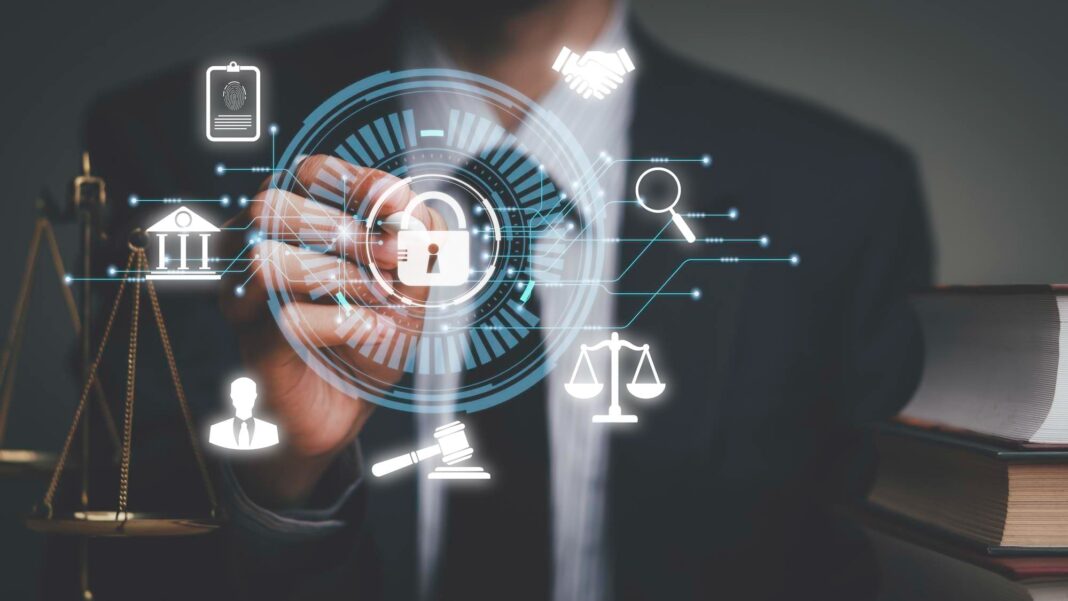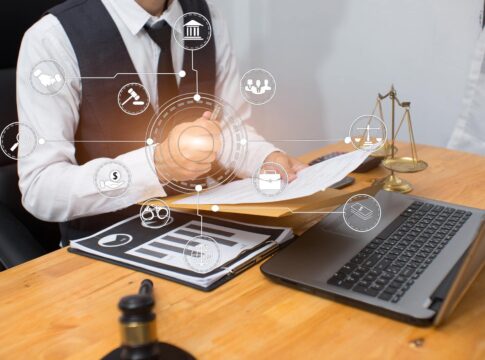Cybersecurity is a critical concern for the legal industry, as law firms and legal professionals handle vast amounts of sensitive client data. Protecting this data is essential to maintain client confidentiality, comply with privacy regulations, and safeguard the reputation of the firm. Here are key considerations and measures for cybersecurity in the legal industry:
- Risk Assessment: Conduct a thorough risk assessment to identify potential vulnerabilities and threats to the security of client data. This includes evaluating the firm’s systems, networks, and processes, as well as identifying potential external risks such as malware, phishing attacks, or insider threats. Understand the specific data protection requirements mandated by applicable laws and regulations.
- Data Encryption: Implement robust encryption mechanisms to protect client data both at rest and in transit. Encryption ensures that even if data is intercepted or accessed without authorization, it remains unreadable and unusable. Encrypt sensitive emails, files, and data stored on servers, laptops, mobile devices, and cloud platforms.
- Secure Network Infrastructure: Maintain a secure network infrastructure with firewalls, intrusion detection systems, and intrusion prevention systems. Regularly update and patch software and firmware to address vulnerabilities and ensure the latest security measures are in place. Segment networks to restrict access to sensitive data and limit the potential impact of a security breach.
- Strong Access Controls: Implement strong access controls to limit access to client data to authorized individuals. Use multi-factor authentication (MFA) for user authentication, enforce strong password policies, and regularly review and revoke access for employees who no longer require it. Maintain a comprehensive log of access to sensitive data for audit purposes.
- Employee Awareness and Training: Conduct regular cybersecurity awareness and training programs for all employees. Educate them about the importance of data security, safe browsing practices, recognizing phishing attempts, and adhering to the firm’s security policies. Establish protocols for reporting suspicious activities or potential security incidents.
- Vendor and Third-Party Risk Management: Assess the cybersecurity practices of vendors and third-party service providers that handle or have access to client data. Establish stringent security requirements in contracts and regularly evaluate their compliance with these requirements. Implement measures to monitor and mitigate potential risks posed by third parties.
- Incident Response Plan: Develop a comprehensive incident response plan to handle security incidents promptly and effectively. The plan should outline steps to be taken in the event of a data breach or cyberattack, including notification procedures, containment measures, investigation protocols, and communication strategies. Regularly test and update the plan to address emerging threats and vulnerabilities.
- Data Backup and Recovery: Implement regular data backup procedures and test the restore process to ensure the integrity and availability of client data. Maintain multiple backups, including offsite backups, to protect against data loss or corruption caused by ransomware, hardware failures, or natural disasters.
- Regular Security Audits and Assessments: Conduct periodic security audits and assessments to evaluate the effectiveness of cybersecurity measures and identify areas for improvement. Engage third-party experts to conduct penetration testing and vulnerability assessments to identify and address any weaknesses or potential entry points for attackers.
- Compliance with Privacy Regulations: Stay updated on relevant data protection and privacy regulations such as the General Data Protection Regulation (GDPR) or the California Consumer Privacy Act (CCPA). Ensure compliance with these regulations and implement necessary measures to protect client data and respond to data subject requests.
By implementing robust cybersecurity measures, law firms can better protect sensitive client data, mitigate the risk of data breaches, and maintain the trust and confidence of their clients. It is crucial to stay vigilant, adapt to emerging threats, and continually enhance cybersecurity practices to address the evolving nature of cyber risks.








